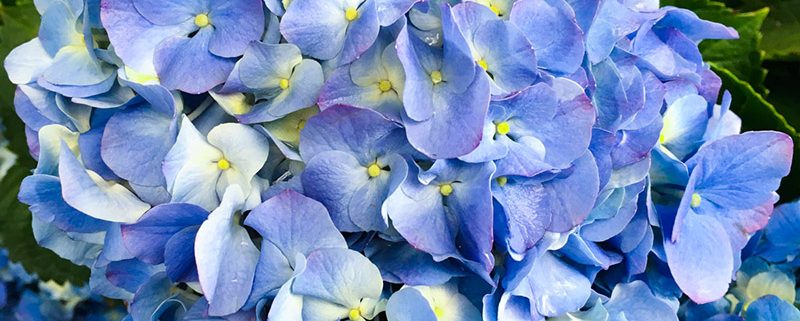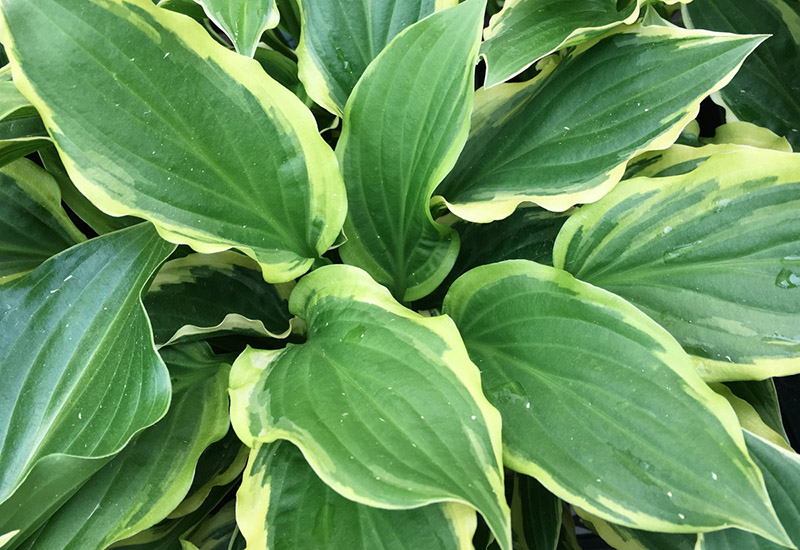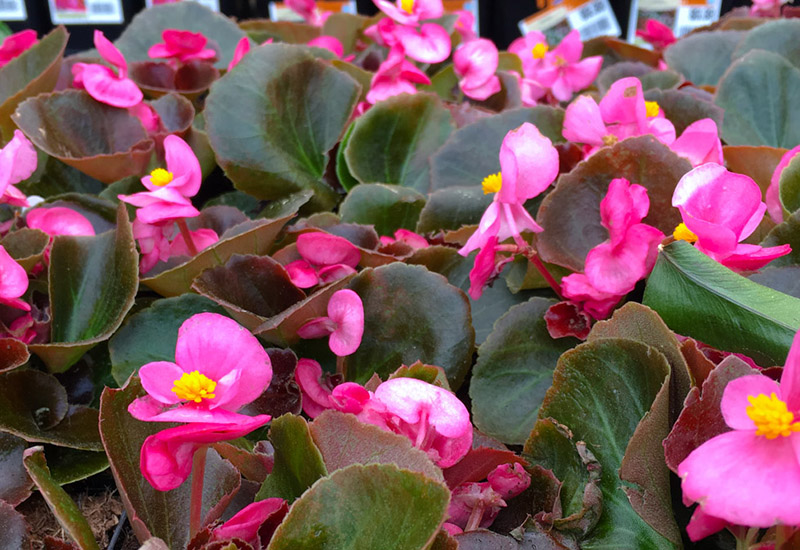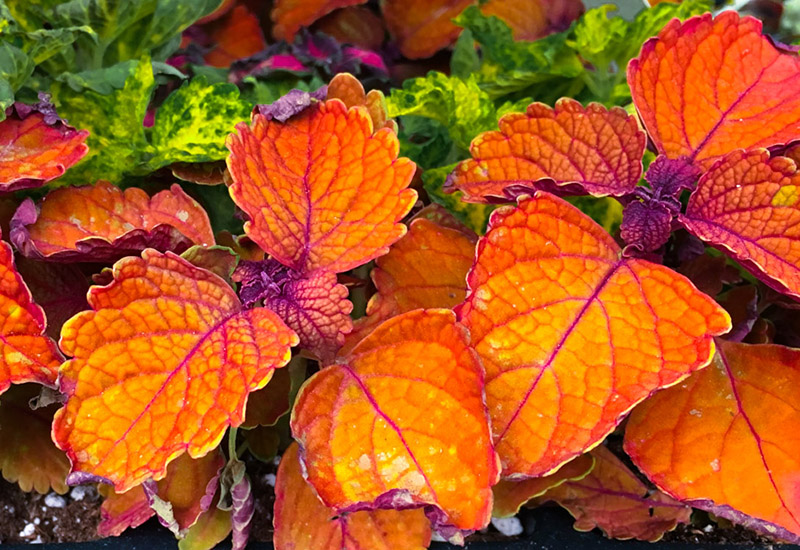Gardening: Spring Gardening, Part II
Cary, NC – There are so many ways to think about your garden. In Spring Gardening Part 1, I talked about color during the early part of the season. Now, let’s turn the focus to things that thrive in shade.
Throwing Shade
Most gardeners pay attention to the sunny parts of their property. Full sun produces waves of color and is necessary for many kitchen crops. But shade offers lots of opportunities for color and exotic form.
Added bonus of shade gardening: requires less frequent watering in Summer than full sun plants and tends to be less prone to weeds.
Hosta
Hosta, also called Plantain Lily, is a perennial herbaceous plant native to East Asia. That means the come back year after year, but die back in winter.
Varieties range in size from four inches to more than three feet tall. Different types blend green, blue-green, yellow and cream colors in their exotic leaves.
Most Hostas love shade or partial shade. A few tolerate strong sun. Check the plant tag when purchasing Hostas for the sun and space requirements of the particular variety.
In the right spot, Hostas are super easy to grow and provide years of garden beauty. They can be divided with a sharp knife. Some gardeners set up entire Hosta gardens, featuring the wide variety of sizes and colors in this unique species.
Begonias
Begonias are a staple of the shade garden for Summer color.
In garden stores, you’ll usually find Begonias in four color schemes: green leaves with white flowers, green leaves with pink flowers, reddish leaves with white flowers and reddish leaves with pink flowers.
Plant these annuals in mid-Spring in shade to partial shade. But them in flats or small pots and plant them six to 12 inches apart for a nice, dense show. Most Begonias grow to a height of about 15 inches.
Hydrangea
You want color in the shade? Hydrangeas are the plant for you.
Hydrangeas are notable for their massive (four inches) blue, pink or white flowers, produced in abundance over many weeks of the Summer. Interestingly, you can change the color of Hydrangea blooms by altering the pH of the soil – blue in acidic soil and pink with the addition of some garden lime.
Hydrangeas form a shrub of bush in the spring with large serrated leaves. They die back in the Winter, but return year after year. Easy to grow, low maintenance, you can divide Hydrangeas to fill up large areas of the shade garden. Pairs well with an evergreen shrub like Boxwood.
Other Plants for Shade
Ferns are a stable of the shade garden. Pachysandra is a wonderful ground cover plant for shade. Both are perennials.
Annuals for shade include Impatiens (loads of bright flowers on small plants) and Coleus (technicolor leaves in an astonishing variety of colors).
Story and pictures by Hal Goodtree. The Gardening column is sponsored by Garden Supply Company on Old Apex Road in Cary.








The side of our yard is all shade and very rocky and sloped. What can you suggest to plant there? The ground is very hard with a lot of small rocks.